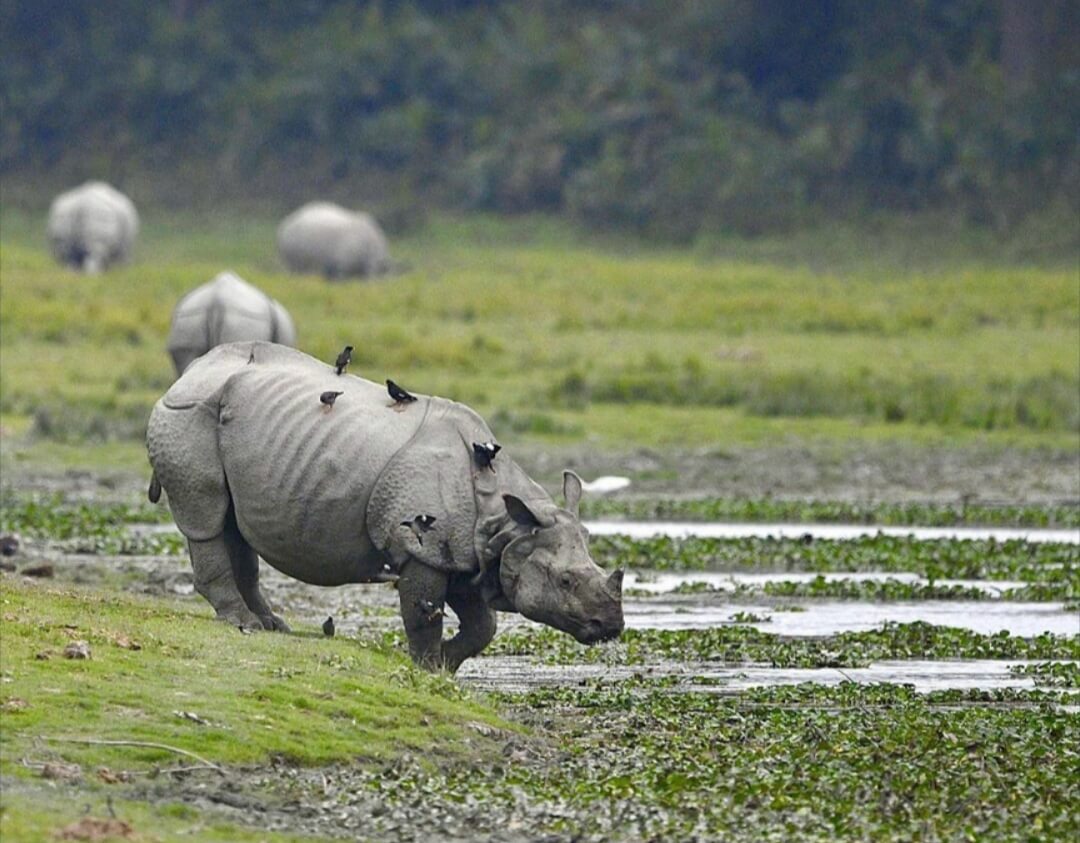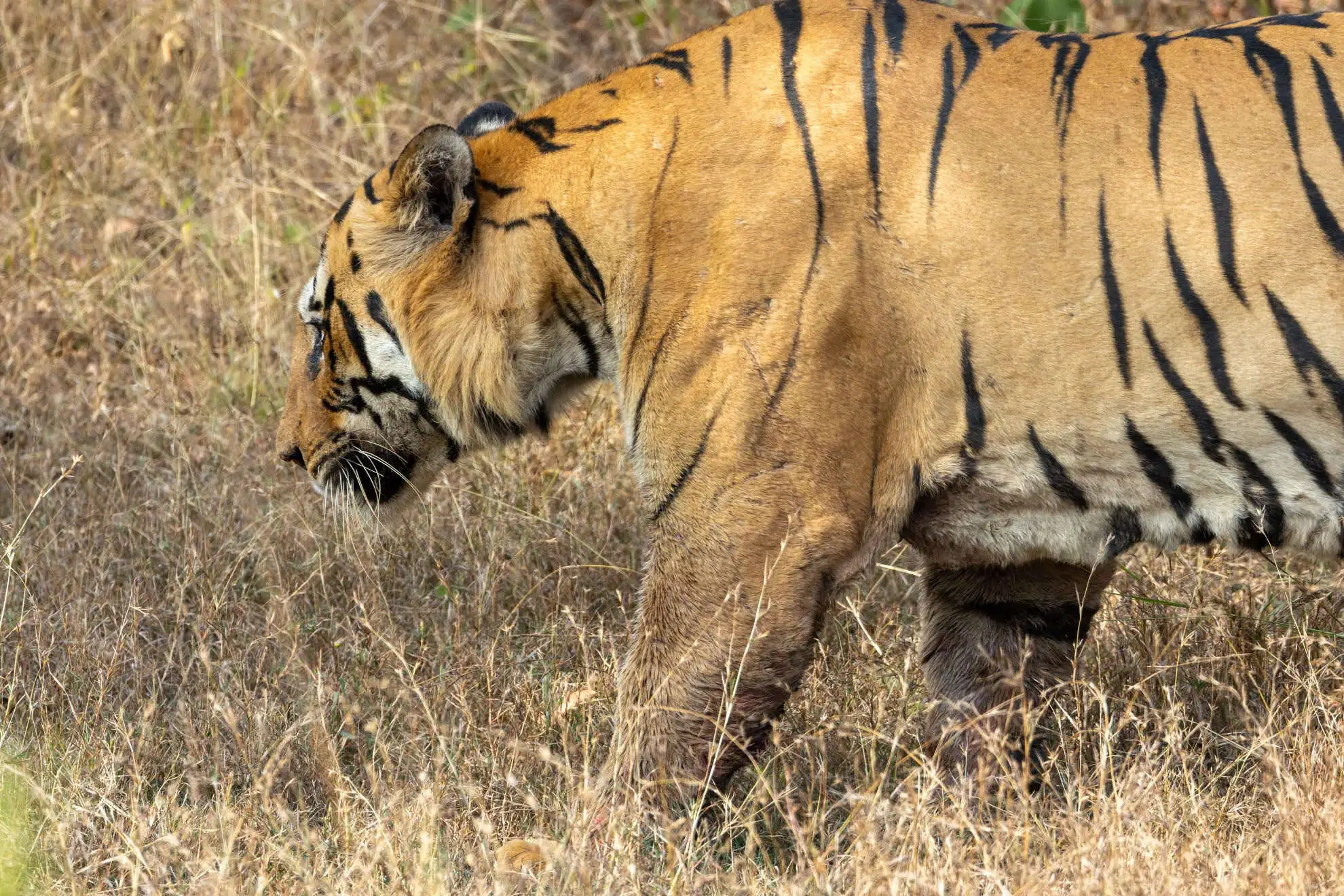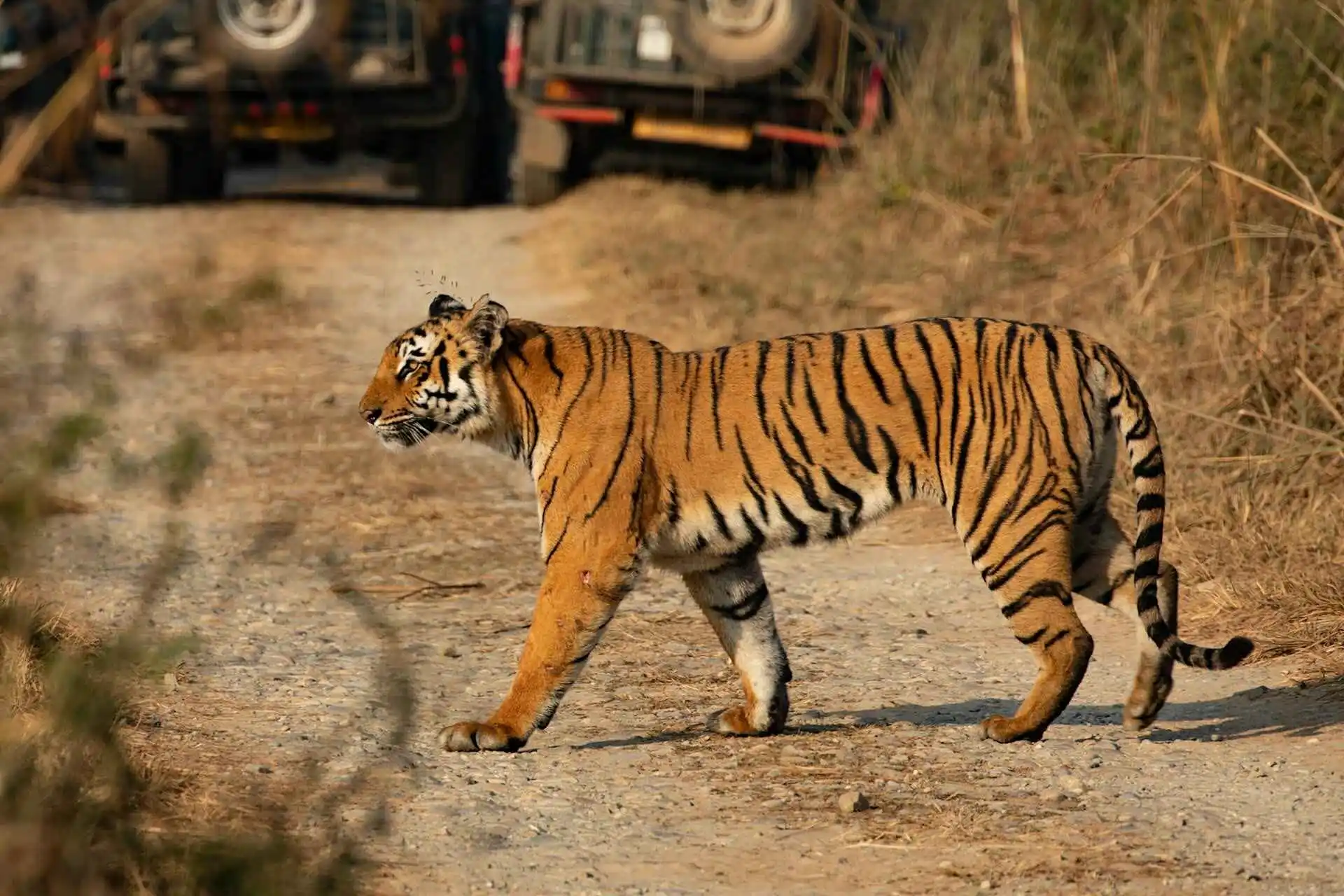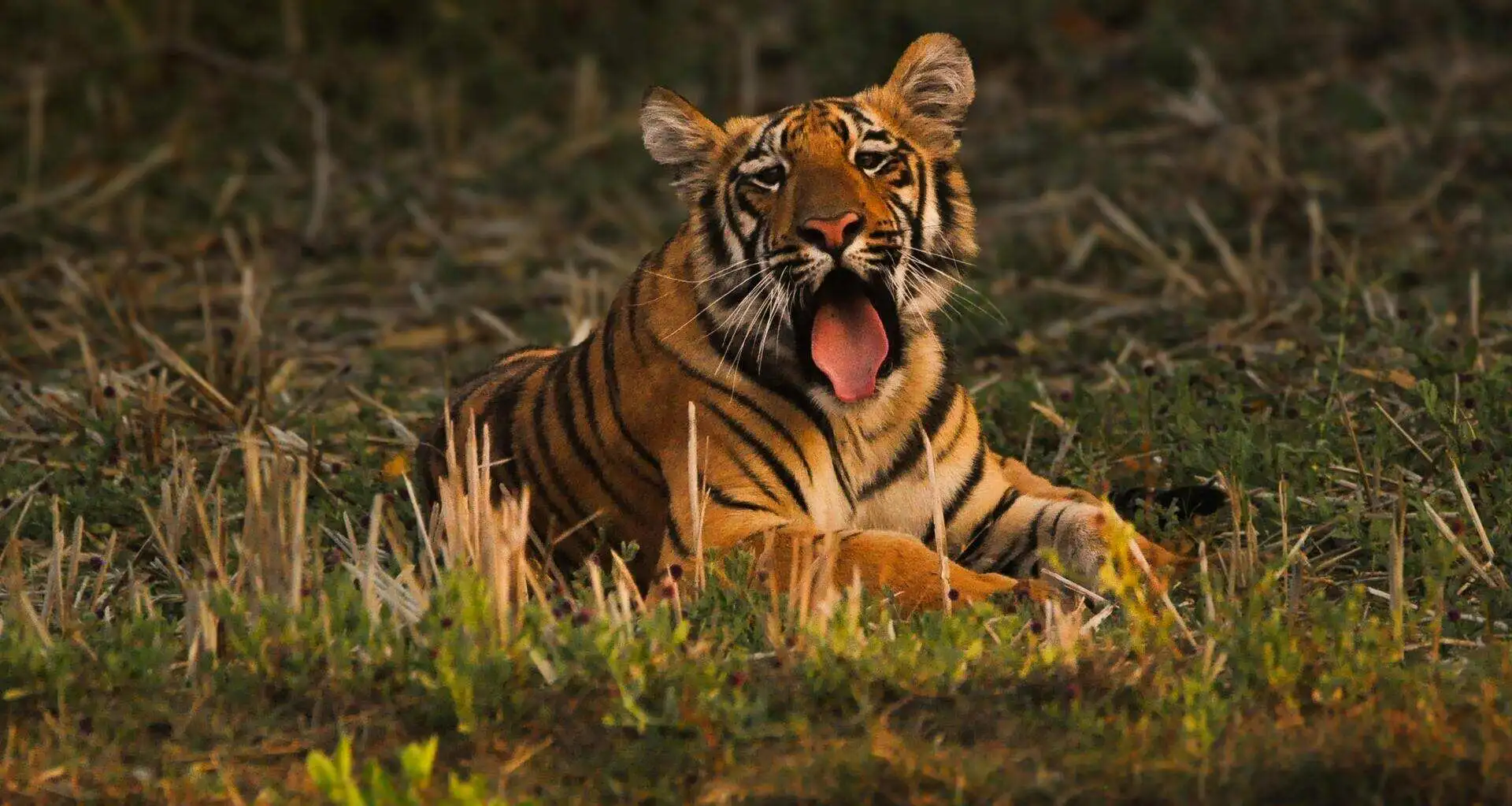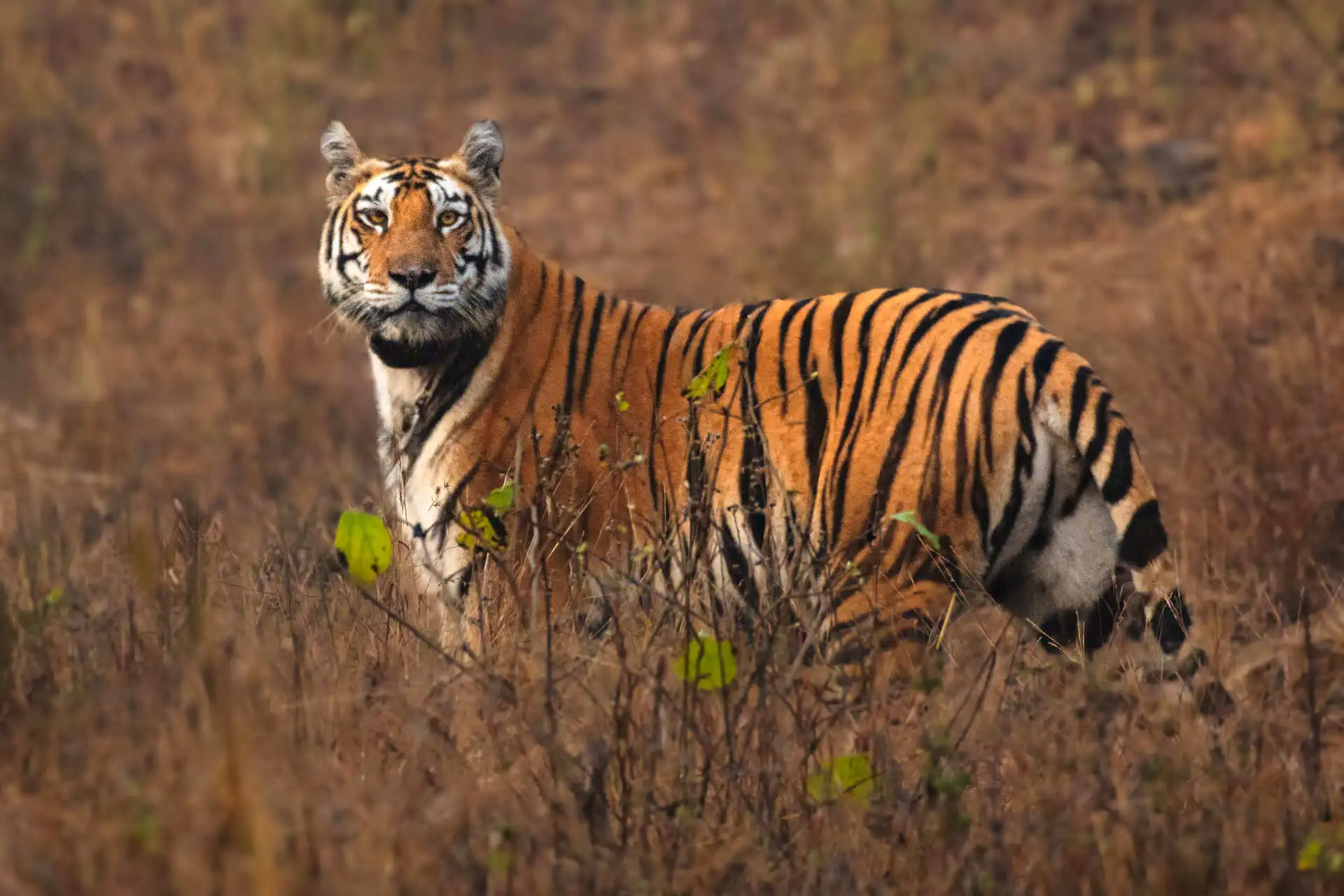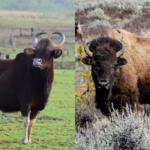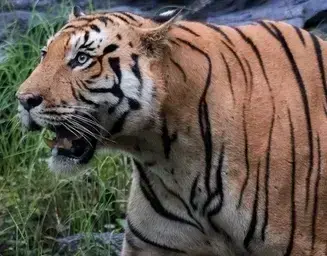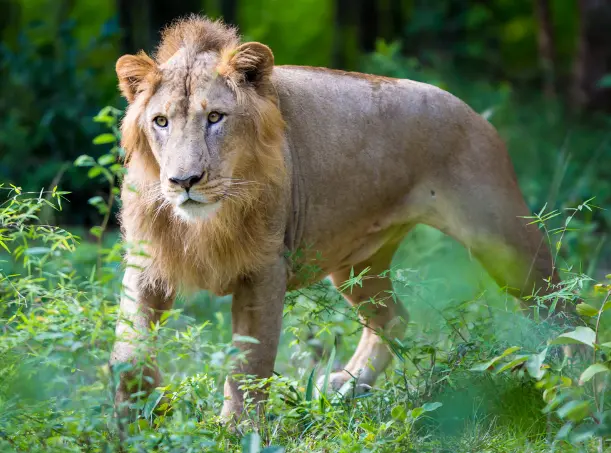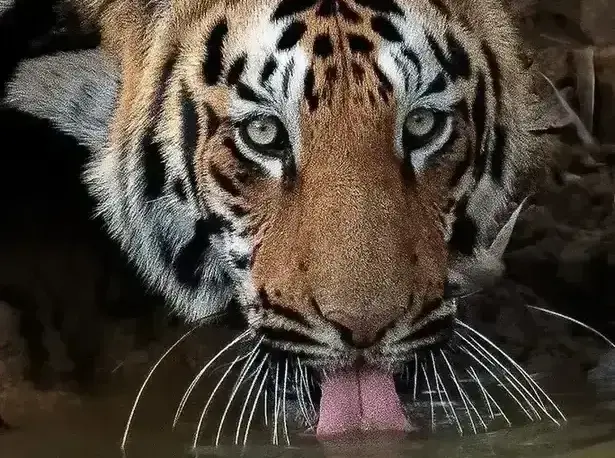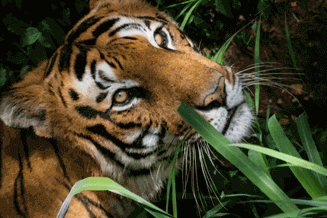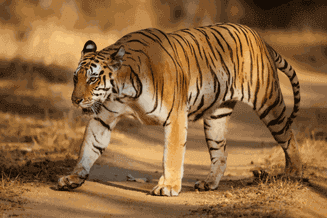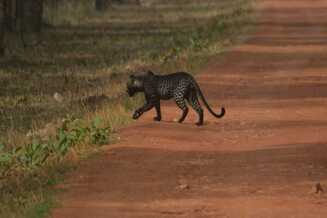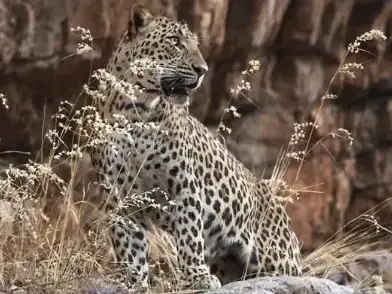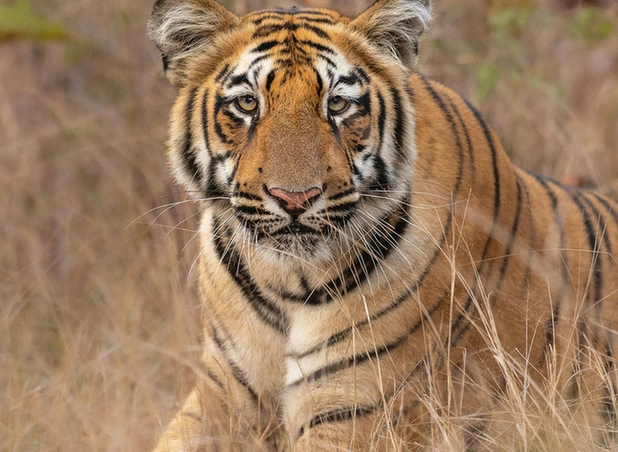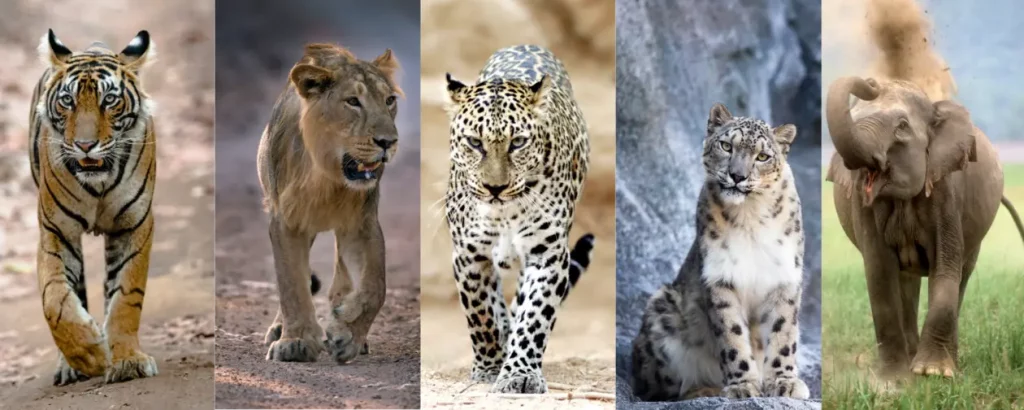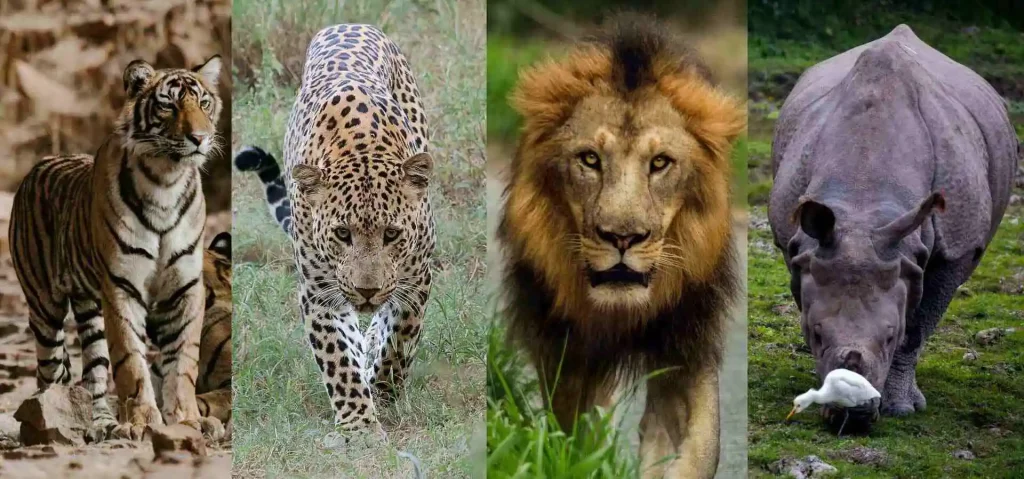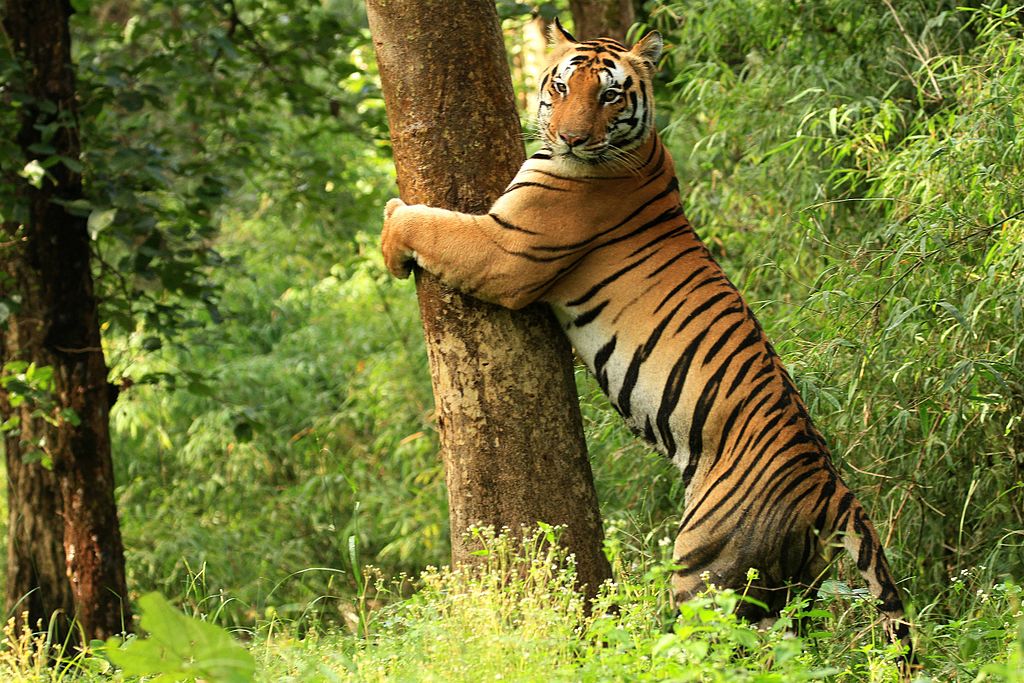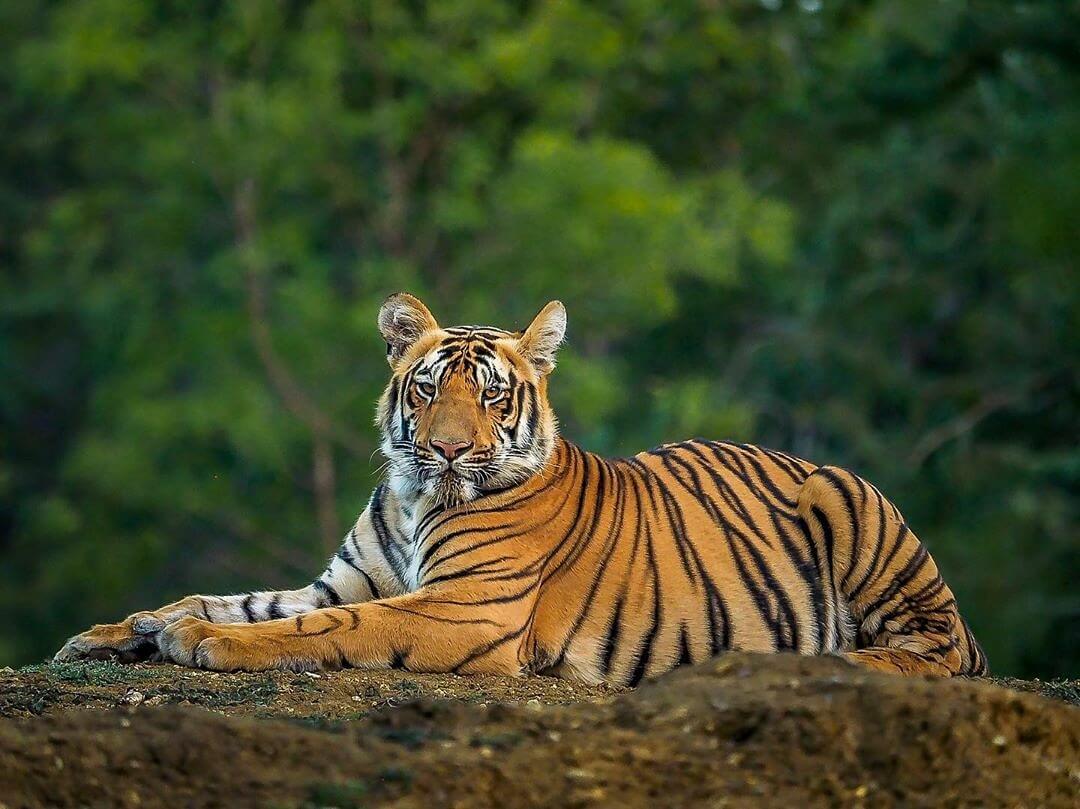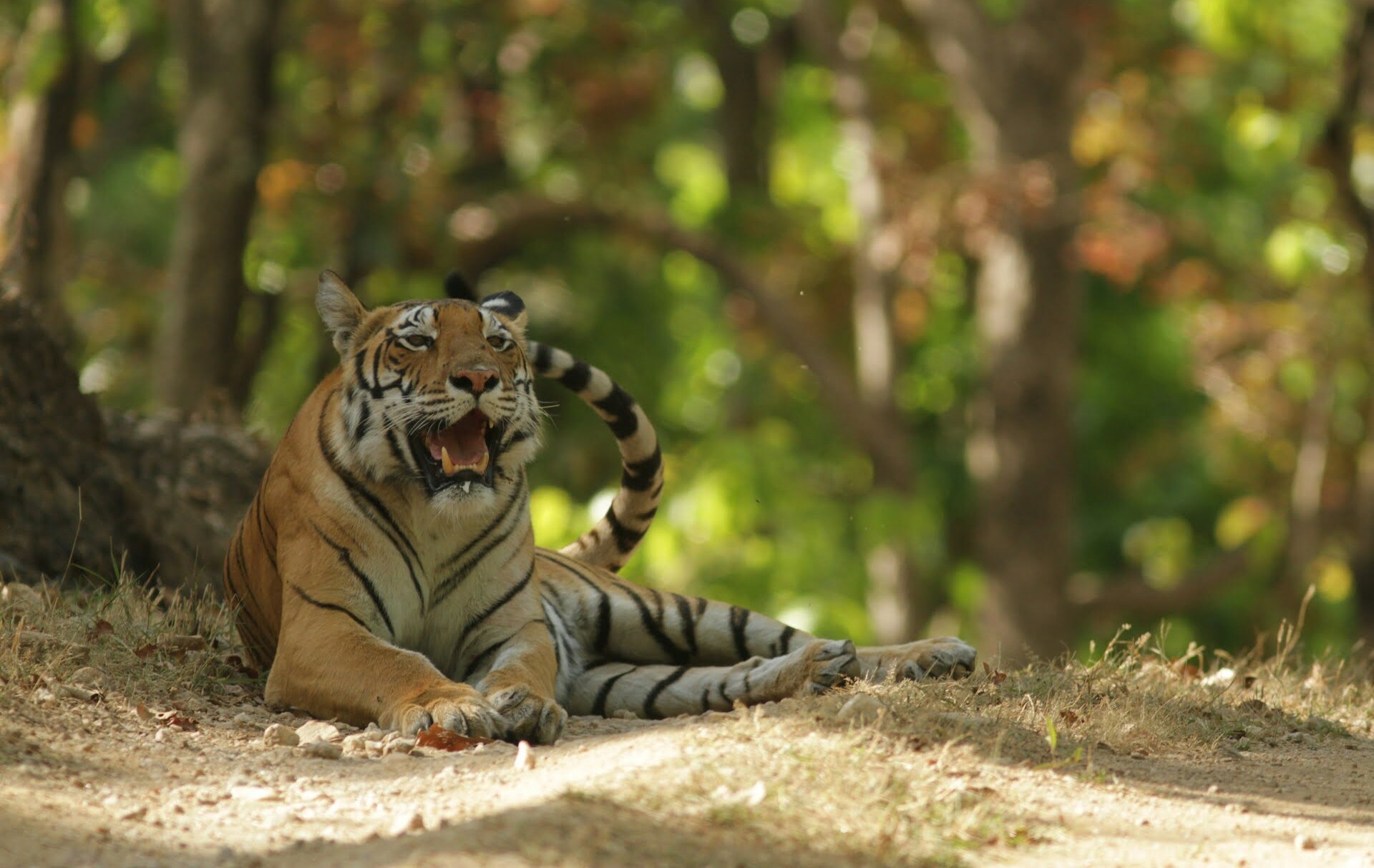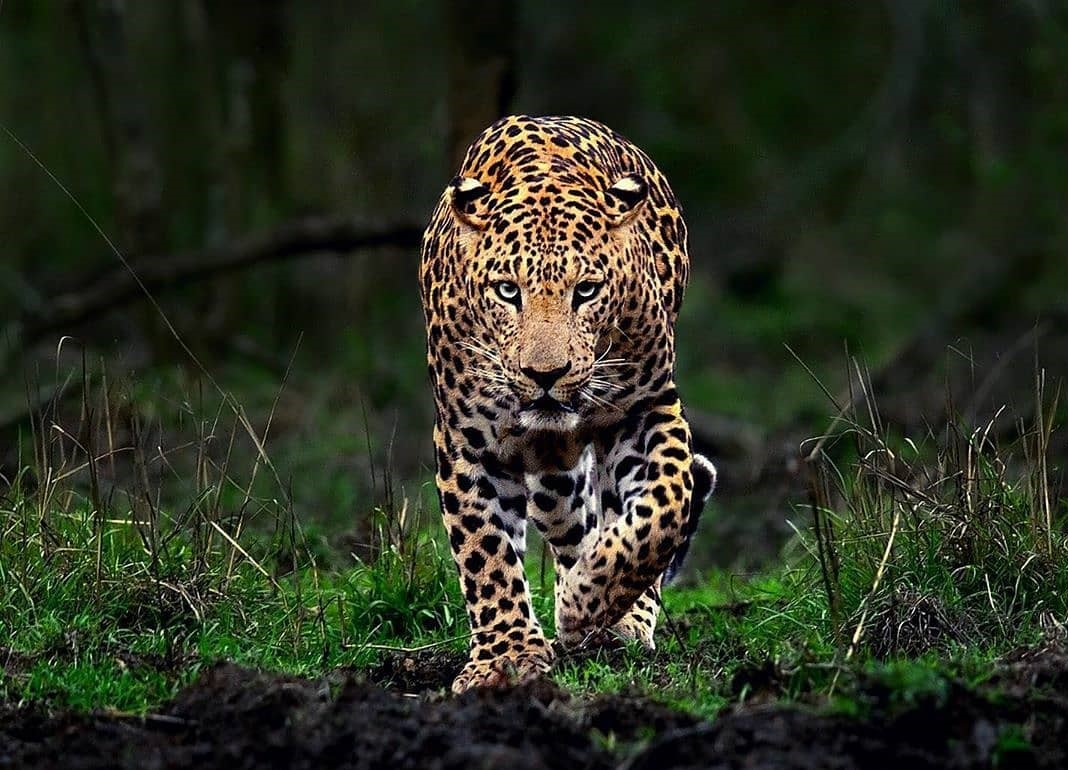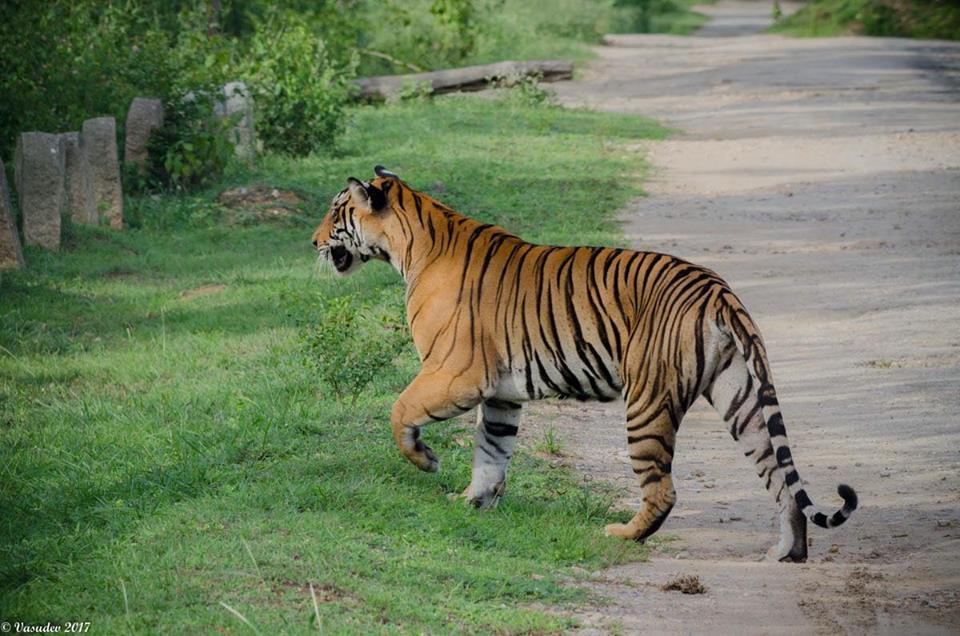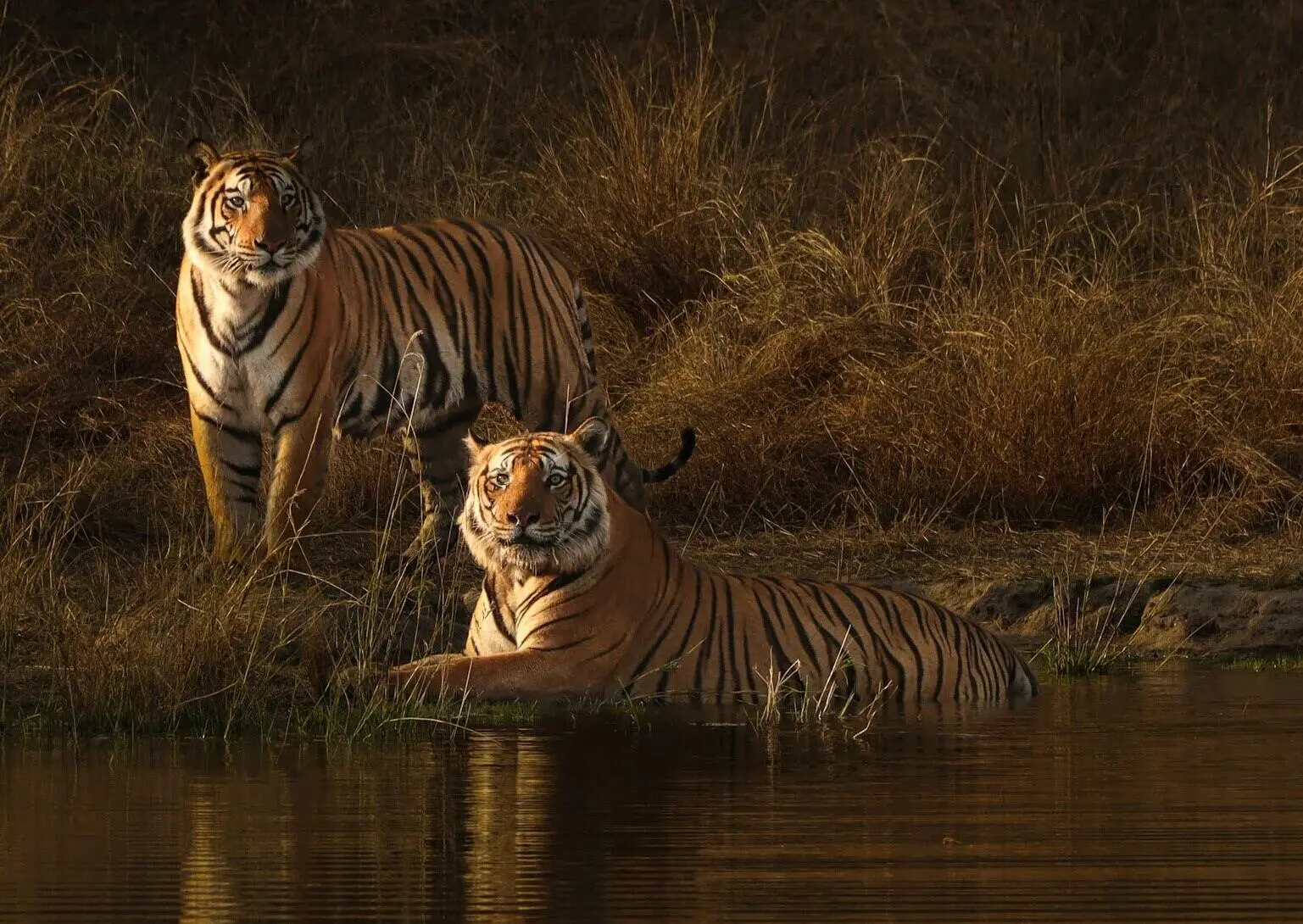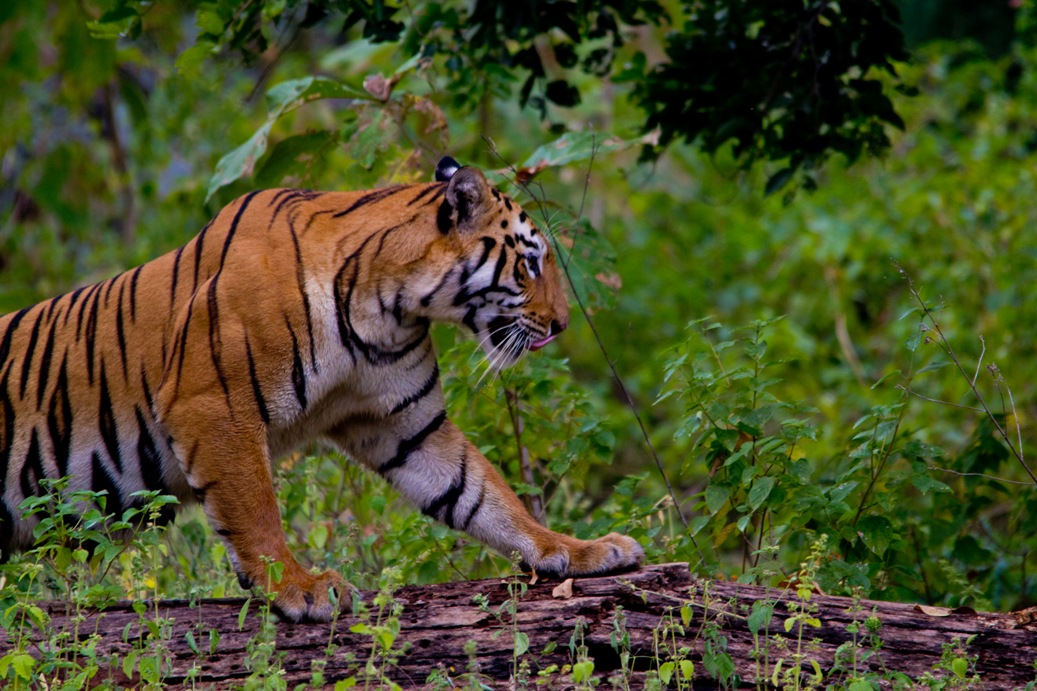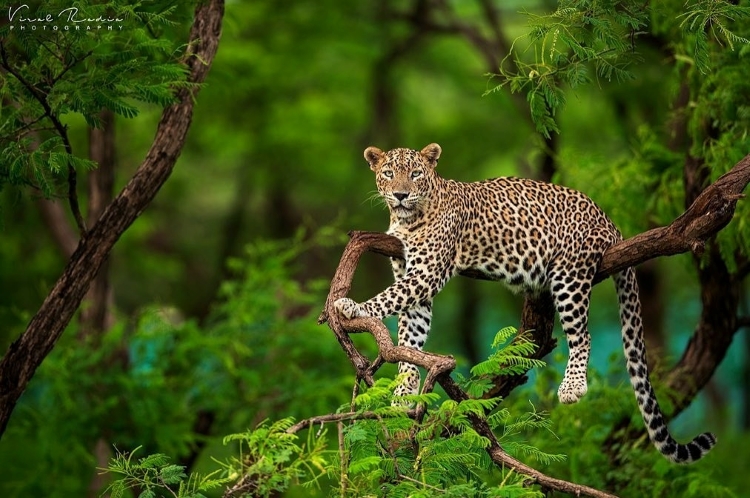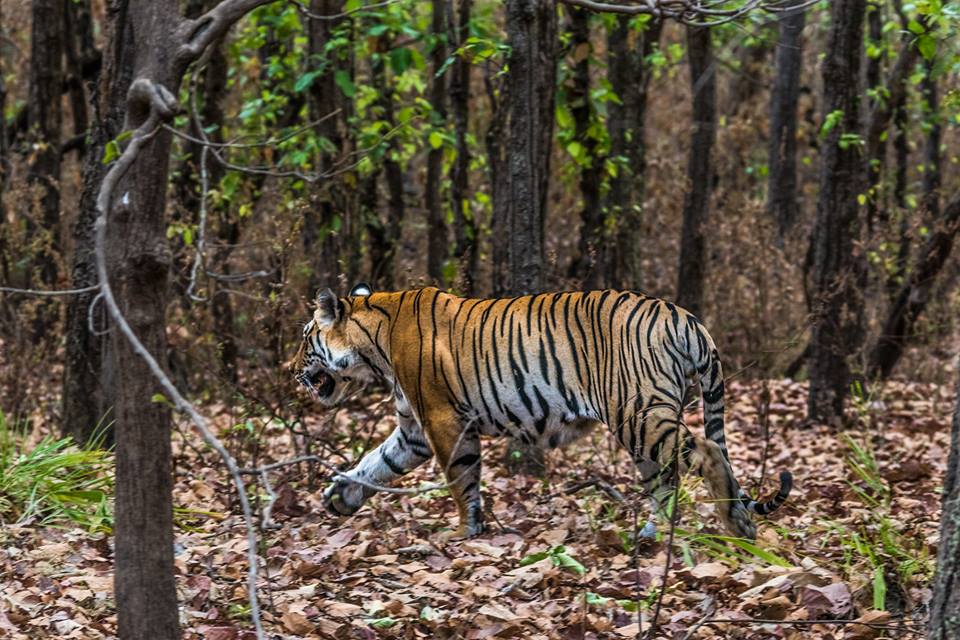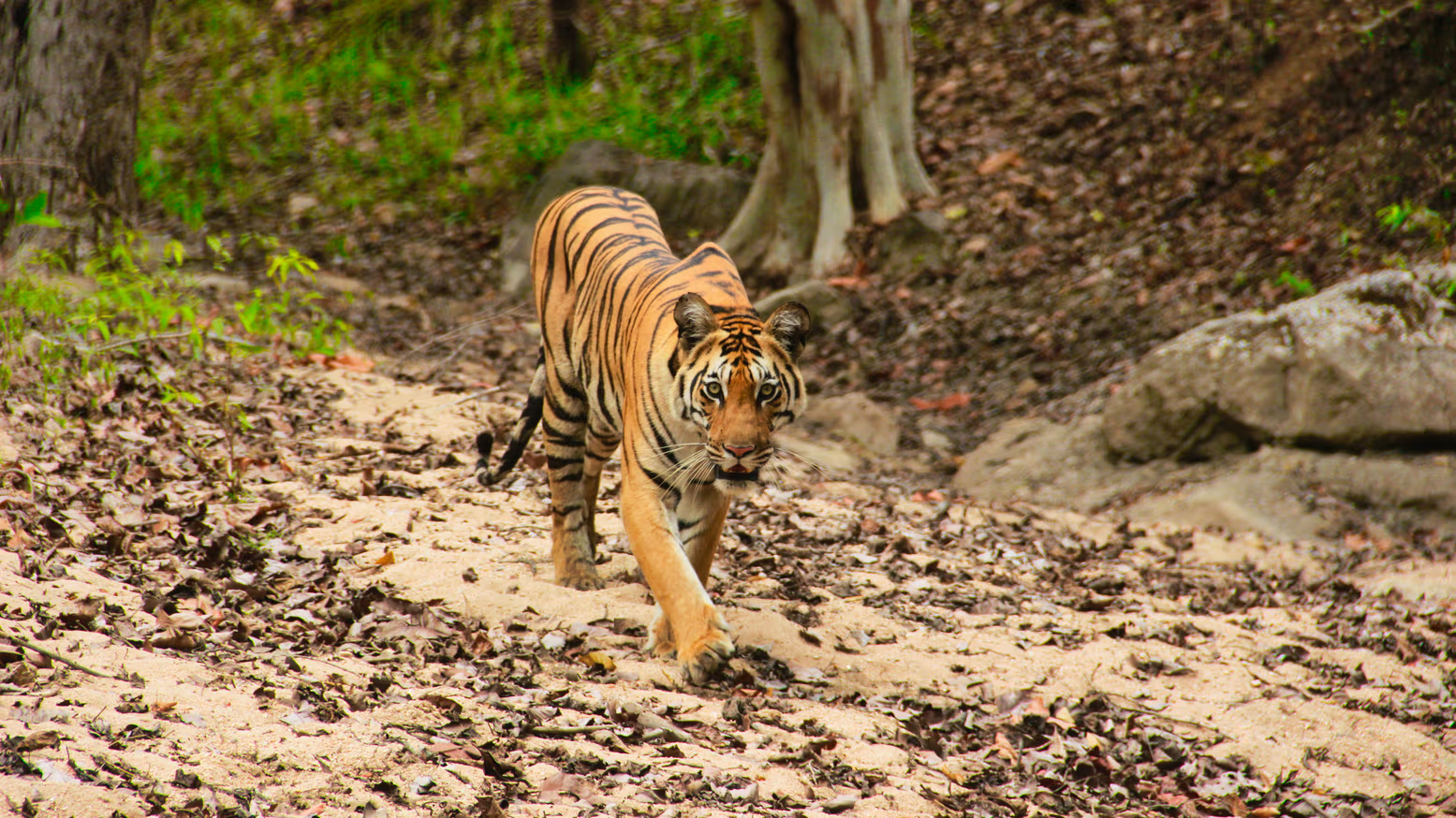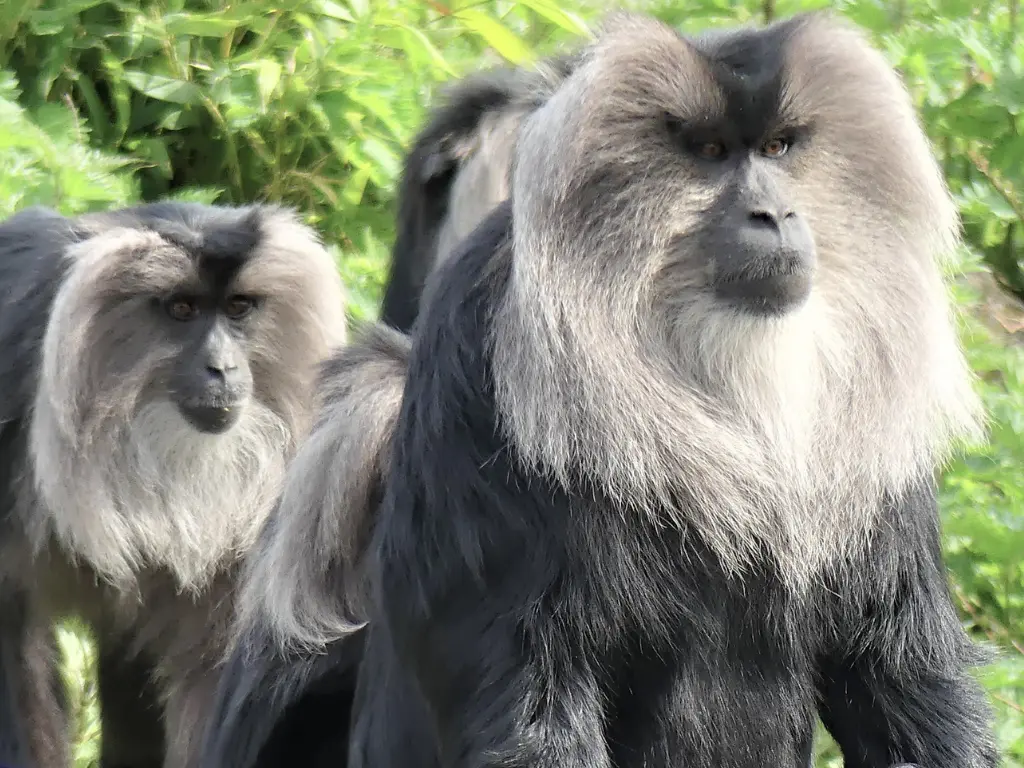Endangered wildlife species in India
The land of India is home to numerous species of flora and fauna. Some of them are endangered and some are critically endangered wildlife species. The shelter to a wide range of wild animals is one of the most exciting characteristics over here. This amazing diversity is the center of attraction for tourists and to lovers of wildlife and nature.
But, nowadays a huge number of wild animals are vulnerable to their entire species. Endangered species are the animals or populations of animals that are under the threat of extinction or almost about to extinct. Their existence is in danger and additionally, they are left in very small quantities and the population is decreasing.
A rapid increase in the ratio of highly endangered wildlife species is a critical issue related to the alluring diversity of any place. There is an abundance of names of the species which are endangered in India. Given below are some of the names of such species of animals and wildlife in India.
Blackbuck – The Beautiful Antelope
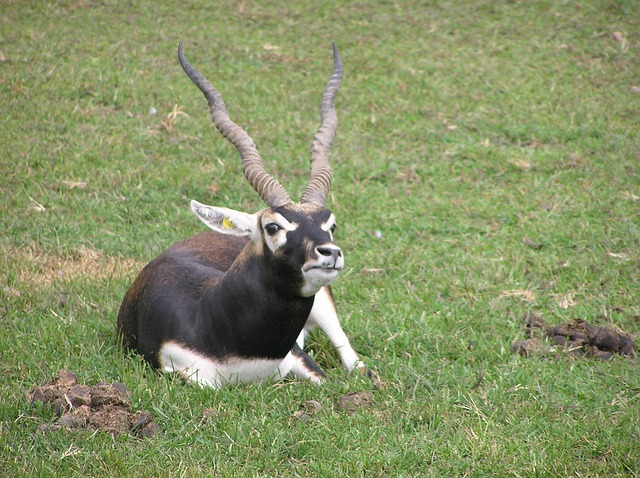
Endangered Blackbuck
he only existing member of the genus Antelope is also known as Blackbuck. They are found in countries like India, and Nepal. More precisely, the antelope found in India is known as Blackbuck. This graceful endangered animal was mostly found in the plain regions of India.
Blackbuck is popular since the early time, even before the time of independence in India. Many of our religious stories also reflect the presence of this beautiful species from ancient times. This herbivore animal is considered one of the fastest running animals.
But for a long time, their population had decreased rapidly. Nowadays their survival is in critical condition in India. Gujarat, Punjab, Rajasthan, Maharashtra, and Haryana are the states of India, where this mesmerizing antelope is found.
Factors for the species to become extinct are as follows
- Hunting was the earliest and primary reason for the huge depleted ratio of the animal. Earlier, the kings used to hunt blackbuck as a mark of status. All these Inhumane practices against the survival of this living being make the entire species critically endangered in India.
- Also, for commercial purposes, innocent animals were targeted. These beautiful antelope were also hunted for their skin. Poaching is another factor to harm the existence of these species in India.
However, Schedule I of the Wildlife Protection Act of 1972 has prohibited their hunting and declared it as a crime. Additionally, numerous national parks and other conservation projects are active to protect these animals. NRCOPA is a Central Government Scheme working for the same.
Popular Safari Pakages
Great Indian Bustard
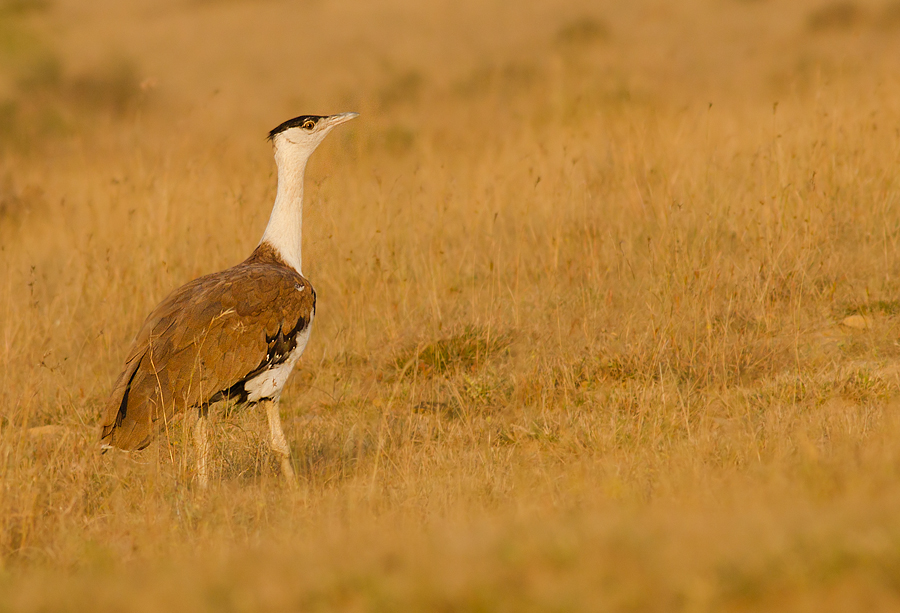
Critically Endangered Great Indian Bustard
A large bird that belongs to the Ardeotis nigriceps species is better known as the Great Indian Bustard. One of the heaviest flying birds, it is found in the sub-continent India. The dry plains of the Indian subcontinent are the most prominent shelter for this species. Rajasthan, Gujarat, Maharashtra, Andhra Pradesh, Karnataka, and Madhya Pradesh are the states where we can find them.
This beautiful and alluring bird has a left population that is even less than 300. A high degradation in their population has been recorded which is still reducing. The saddest and prior reason is the upgraded human lifestyle. Increasing the need for the lands for industrialization is snatching the shelter place of these innocent living creatures.
The loss of habitat is continuously making the existence of this bird nearly threatened. Mining and poaching in such places and other such practices have also affected their rate of existence.
To tackle this issue there is an urgent need for conservation. State Forest Department is putting its best efforts to hold the rate of reduction. Strict guidelines are followed regarding anti-poaching laws and teams are working with their best input. A large network is required to be set with a good monitoring system along with the crucial information on the threats of this bird.
Royal Bengal Tiger

Royal Bengal Tiger
The biggest member of the wild cat family is none other than the Royal Bengal Tiger. This powerful species is the national animal of both India and Bangladesh. They belong to the species known as the Panthera Tigris. The most special characteristic of this endangered big cat is that they are amazing swimmers and additionally terrific hunters.
Their strong claws help them to catch the prey for their survival. You can fund this species in the mangroves of Sundarbans as this is the only species that has shelter in the mangrove forests.
The tigers are constantly in the danger to become critically endangered as their population is decreasing. However, they are still comprising most of the ratio of the world’s tigers.
Numerous reasons are making the decline in the count of this fascinating Royal Cat family member. Here are some reasons
- The first and the prime reason is the replacement of their habitat with industrial lands to meet the requirements of the growing human population.
- Poaching is another big reason for the species to come under the endangered category.
- Hunting for these royal tigers for their claws and skin.
- Loss of habitat.
- Natural disasters like floods also take the life of a few Royal Bengal tigers every year.
Looking forward to saving this national animal, the Government of India started Project Tiger in 1973. There are 50 tiger reserves in India now, which are prominently working greatly to save the species from getting extinct in our country. A rise in the population of this endangered species is recorded due to hard work.
Snow Leopard
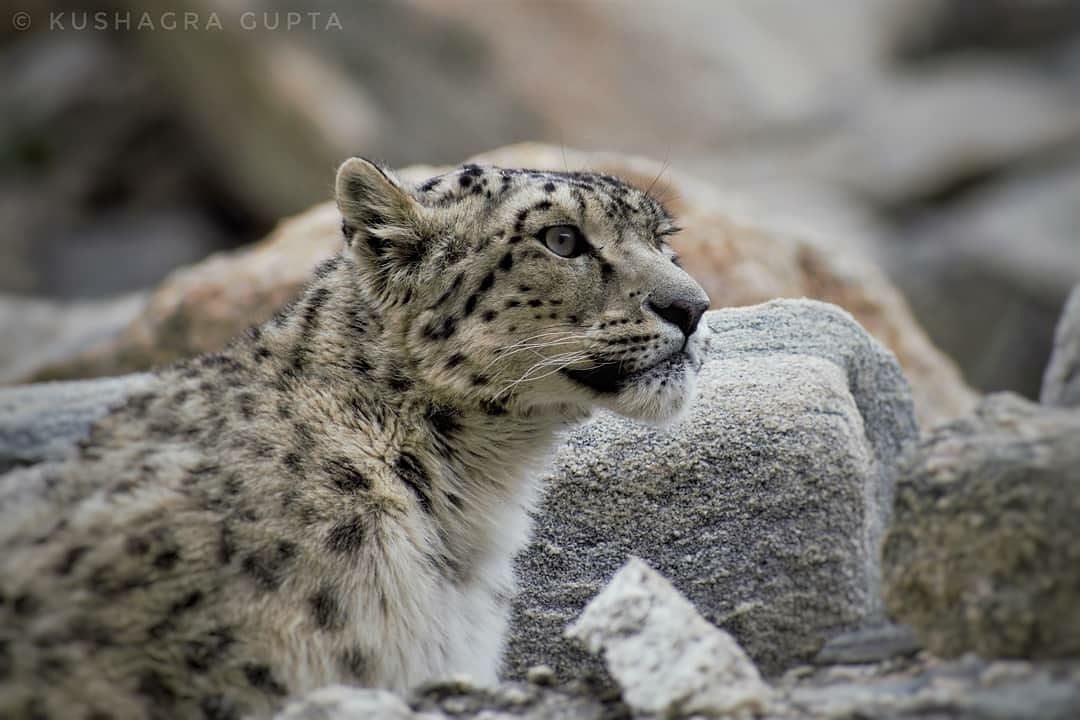
Snow Leopard India, img credits
Snow Leopard is a member of the cat family which is also known as an ounce. Its scientific name is Panthera Uncia. This beautiful animal is mostly found in Southern and western Asia. In India, the snowy hills of the Himalayas are the home of these Snow Leopards. Western and eastern Himalayas are the best place to see the Snow leopards in India.
Jammu & Kashmir, Himachal Pradesh, Uttarakhand, Sikkim, and Arunachal Pradesh are the other states in India where you will be able to spot these beautiful creatures. It is a critical condition that their population is endangered by the IUCN Red list until 2017.
Hemis National Park in the eastern Ladakh Union Territory of the Indian Republic is famous for its snow leopards. Another scenic park, Gangotri National Park located in Uttarkashi District Uttarakhand is also a shelter for these amazing snow leopards.
Some prime reasons are there which are making the possibility of extinction of this species :
- Loss of the habitat or their natural home is one of the biggest factors.
- Fewer options available as prey are making it hard for them to hunt for their food.
- Various activities like overgrazing on the mountain lands have also affected their rate of survival.
Conservation of the species is highly important by following various preventive measures. A quite good amount of stability in their population has been recorded in their numbers in the recent past.
There’s more to the Snow Leopard — check it out.
Lion-tailed Macaque
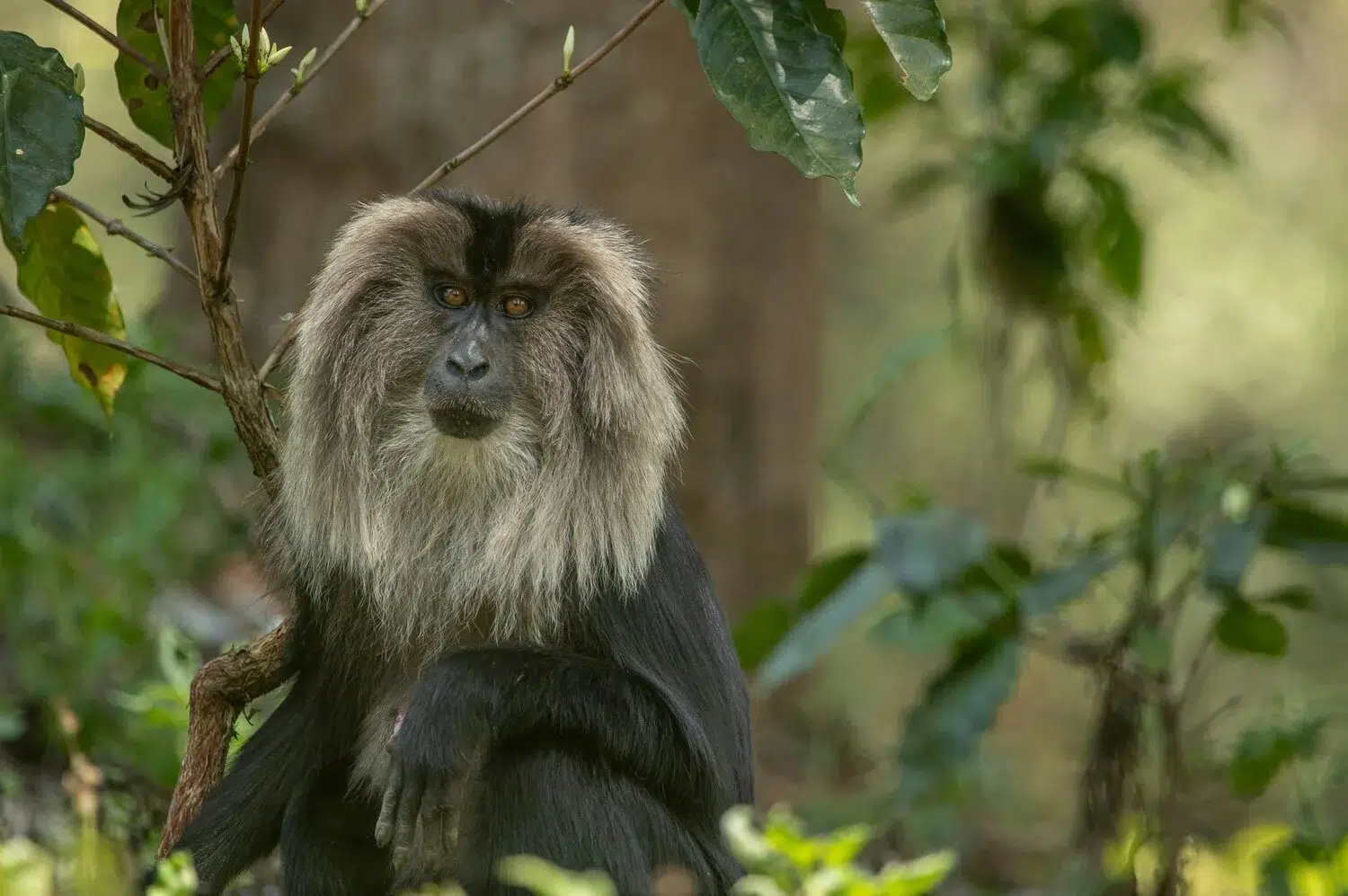
lion – Tailed Macaque
Lion Tailed Macaque belongs to the species known as Macaca silenus. They are the old world Monkey which is present in the western ghats of South India. Their name has been derived from a Latin word that means four feet. Additionally, they also possess a very special feature like blackface.
In the western ghats, tropical forests are the best-preferred place for them to survive. These evergreen forests are safe for Lion Tailed Macaque as they remain untouched by humans. The saddest part is that they have been declared endangered by the IUCN Red List.
The increasing population of humans and depletion of resources by them to fulfill their needs is the most prominent reason to lose their shelter places. Loss of habitat along with habitat fragmentation is another factor. They are also being hunted for numerous purposes like for their skin, the meat, and also for the source of medicine as well.
Various steps are taken to save this endangered species from extinction. Schedule 1 of the Wildlife (Protection) Act 1972, India has the laws which are made to protect these monkeys. The trading of this lion-tailed macaque is now illegal in appendix I of the Convention on International Trade in Endangered Species (CITES).
Nilgiri Tahr
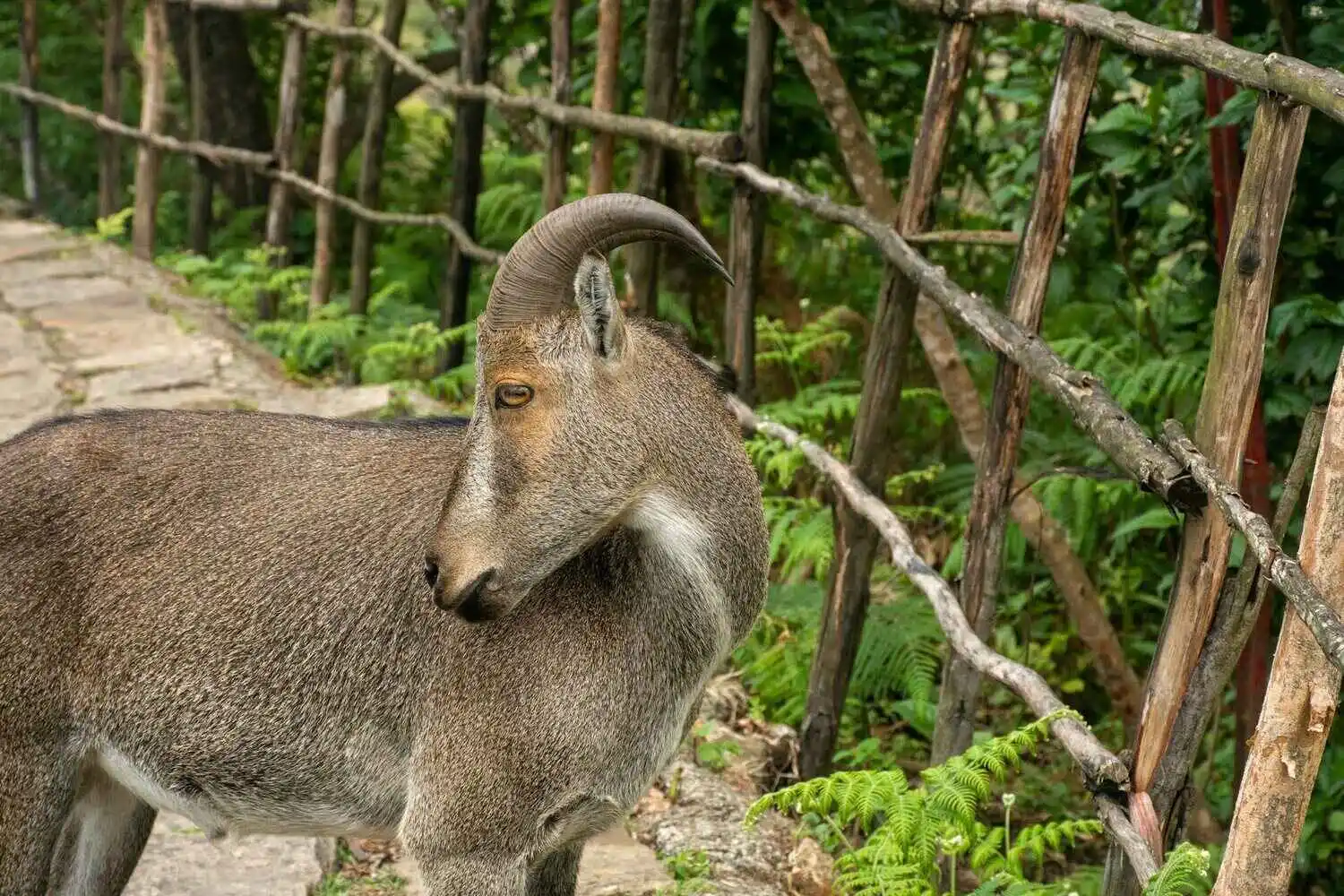
Nilgiri Tahr Endangered Species
Nilgiri Tahr is an ungulate who basically belongs to the species known as Nilgiritragus hylocrius. We can find them in the Nilgiri Hills and the southern portion of the Western & Eastern Ghats in the states of Tamil Nadu and Kerala in Southern India. The people of Mannar call this caprine the pride of Mannar.
Their population is very few in the local areas of Nilgiri and the species is about to extinct. These vulnerable species have been declared endangered by the IUCN Red List.
There are many reasons behind the reduction of the population of Nilgiri Tahr, but still, the prime reasons are not yet clear.
2200-2500 individuals in total are present in the Wildlife. Numerous studies have even stated the set up of different kinds of projects like hydroelectric projects, timber felling and monoculture plantation of eucalyptus and wattles have affected their survival in the wild.
The illegal hunting of these innocent animals and the unwanted fragmentation of their habitat are some other factors that are responsible for the species to become endangered.
Awareness has been spread among the natives of Tamil Nadu and Kerala to take the required measures to protect the vulnerable species of Nilgiri Tahr. Research must be made to study the Nilgiri Tahr by preparing proper plans. Many NGOs are also putting their best efforts in the order to tackle the declining number of these endangered goat species.
Indian Elephant
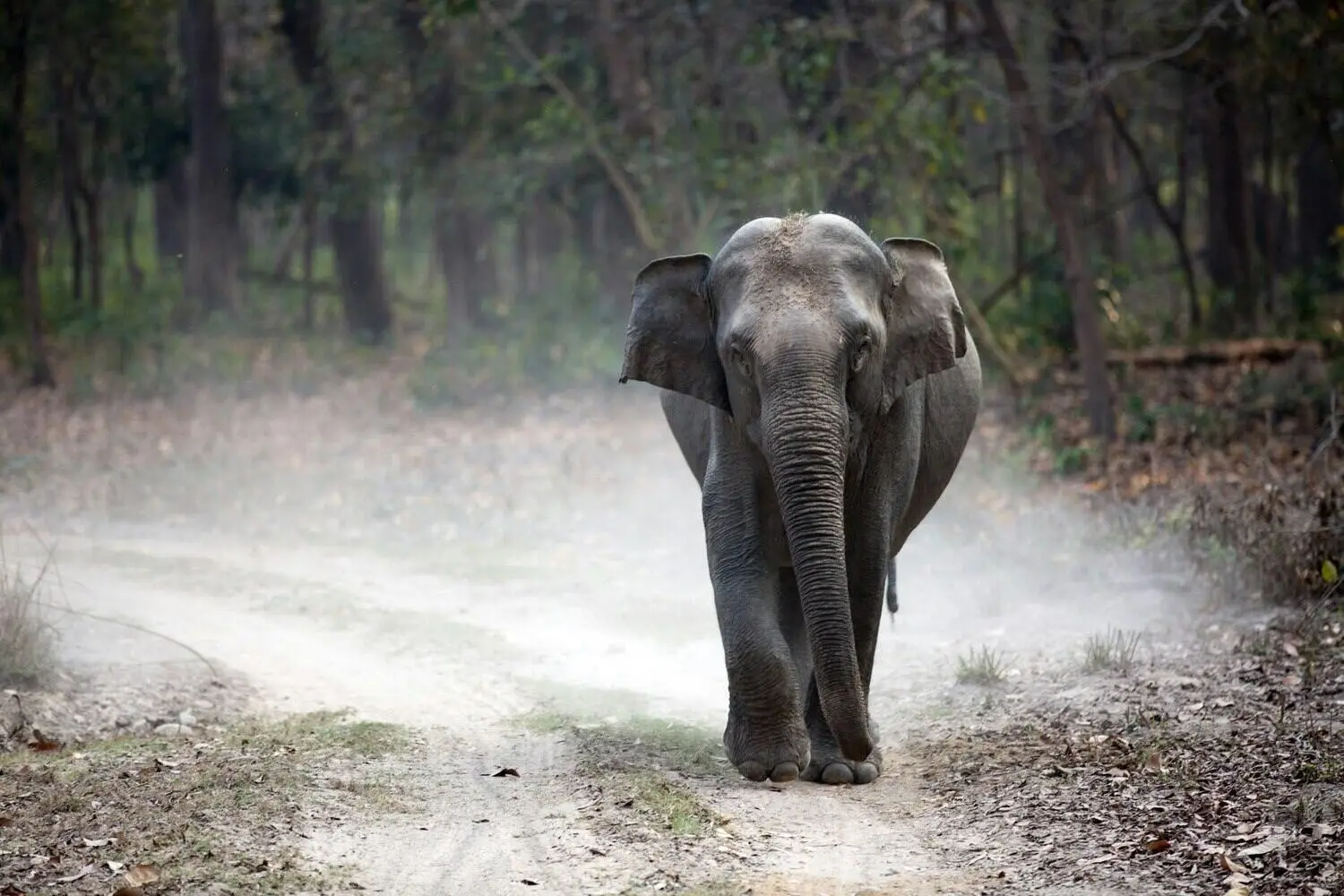
Indian Elephant
One of the rare identifies species of elephants among the three is the Asian elephant. They are native to Asia and are found in merely dense forest regions. More precisely, the tropical forests of South India, North East India, and the Sub Himalayan Region are the places where these Indian elephants took shelter.
They belong to the species of Genus Elephas and are also known as the Asiatic Elephants. Their population is shattered in the forested areas of India. The best description of this giant animal is their classification in the megafauna category or as megafauna animals. The alluring species is yet endangered and its population is rapidly decreasing.
IUCN Red List has listed the Asiatic elephants as endangered species since 1986.
In 2012, studies were done that estimated the count of this vulnerable species around 30000. Constant reduction is observed in the number of these fascinating animals. The loss of their home due to the replacement of their habitat by the industrialization of lands. Poaching and illegal trading are some other reasons which are making the fast dwindling of the species.
To achieve their conversation goals, the habitat of this endangered species must be conserved as the first step. Quite good knowledge and awareness is required among the people from preventing them to harass the species for their personal usage. Many projects are working for the same.
Want to Know More? Explore Indian Elephants
Red Panda

Red Panda also called as firefox
The red panda is quite different from the giant panda. They are the small and cute mammals known as the red pandas. These mammals are found in the eastern Himalayas in India. Majorly they have Himalayan Tees or the forested areas ad their home. The tree-dwelling mammals are found in temperate forests.
They belong to a specific species known as Ailuridaeis. These amazing mammals are the relatives of the raccoon family and those of giant panda families as well. They are not extinct but reports said that their status is about to extinct at present.
The innocent mammals of the Eastern Himalayas are left in very small numbers. Their species are highly endangered. They have been declared endangered by the IUCN Red List. Even less than 10000 mammals are left in the world. And in India, around 5000 red pandas are left. This docile mammal is, unfortunately, losing its habitat due to the destruction of the forest. Poaching is another common issue recorded for the species to become vulnerable. Their existence is critical and they are highly struggling due to deforestation.
Their accidental trapping or some specific approaches like snare-style traps are also leading to their declination. Anti-poaching efforts are active to give their contributions to the Red Panda network to save their lives. Additionally, various organizations are working to avoid deforestation in the forested area where these red pandas exist
Know More About Red Panda
We’ve been featured on Twinkl, as part of their Endangered Animals blog series.

